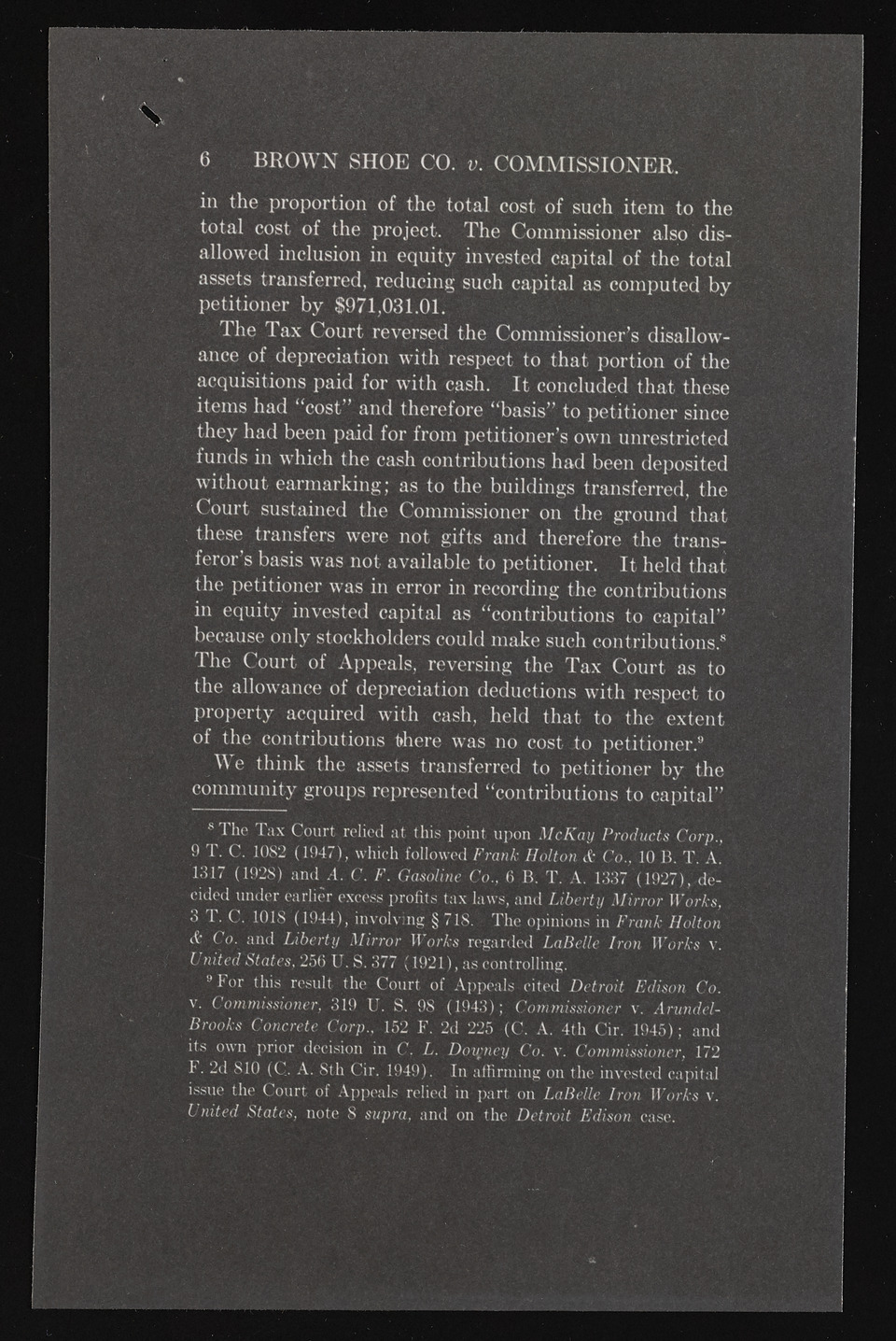Copyright & Fair-use Agreement
UNLV Special Collections provides copies of materials to facilitate private study, scholarship, or research. Material not in the public domain may be used according to fair use of copyrighted materials as defined by copyright law. Please cite us.
Please note that UNLV may not own the copyright to these materials and cannot provide permission to publish or distribute materials when UNLV is not the copyright holder. The user is solely responsible for determining the copyright status of materials and obtaining permission to use material from the copyright holder and for determining whether any permissions relating to any other rights are necessary for the intended use, and for obtaining all required permissions beyond that allowed by fair use.
Read more about our reproduction and use policy.
I agree.Information
Digital ID
Permalink
Details
More Info
Rights
Digital Provenance
Publisher
Transcription
in the proportion of the total cost of such item to the total cost of the project. The Commissioner also disallowed inclusion in equity invested capital of the total assets transferred, reducing such capital as computed by petitioner by $971,031.01. The Tax Court reversed the Commissioner’s disallowance of depreciation with respect to that portion of the acquisitions paid for with cash. It concluded that these items had cost and therefore “basis” to petitioner since they had been paid for from petitioner’s own unrestricted funds in which the cash contributions had been deposited without earmarking; as to the buildings transferred, the Court sustained the Commissioner on the ground that these transfers were not gifts and therefore the transferor’s basis was not available to petitioner. It held that the petitioner was in error in recording the contributions in equity invested capital as “contributions to capital” because only stockholders could make such contributions.8 The Court of Appeals, reversing the Tax Court as to the allowance of depreciation deductions with respect to property acquired with cash, held that to the extent of the contributions there was no cost to petitioner.9 W e think the assets transferred to petitioner by the community groups represented “contributions to capital” 8 The Tax Court relied at this point upon M c K a y P r o d u c ts C o rp ., 9 T. C. 1082 (1947), which followed F r a n k H olton it C o., 10 B. T. A. 1317 (1928) and .4. C . F . G aso lin e C o., 6 B. T. cided under earlier excess profits tax laws, and L i bAe.r ty13 M37i r(r1o9r2 7W),o rdkes,o T. C. 1018 (1944), involving § 718. The opinions in F r a n k H olton & C o. and L ib e r ty M irro r W orks regarded L a B e lle Ir o n W orks v. Un9i tFeodr S ttahitse sr, e2s5u0l tU .t hSe. 3C7o7u r(1t9 2o1f) ,A apsp ecaonltsr ocliltiengd. D e tro it E d iso n C o. v. C om m ission er, 319 U. S. 98 (1943); C om m issio n er v. A run del- Bitrso ookwsn Cporniocrr etdee ciCsoiropn .,i n1 52 F. 2d 225 (C. A. 4th Cir. 1945) ? and C , L . D ow n ey C o. v. C om m ission er, 172 its.s 2ued t8h1e0 C(oCu.r At. o8ft hA pCpier.a l1s9 4r9e)l.i ed Iinn apfafritr moinng LoanB tehllee iInrvoenst eWd ocarkpist avl. U n ited S ta te s, note 8 su p ra , and on the D e tro it E d iso n case. 6 BROWN SHOE CO. v. COMMISSIONER.

